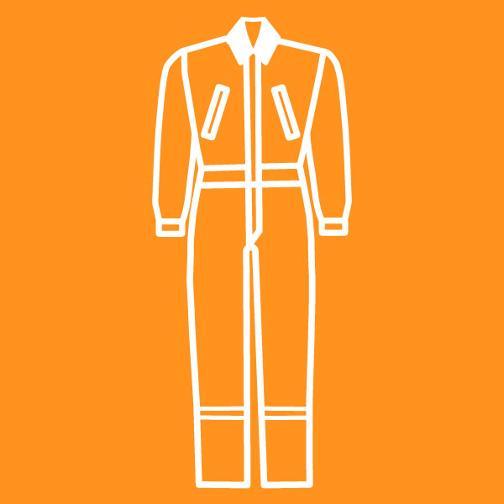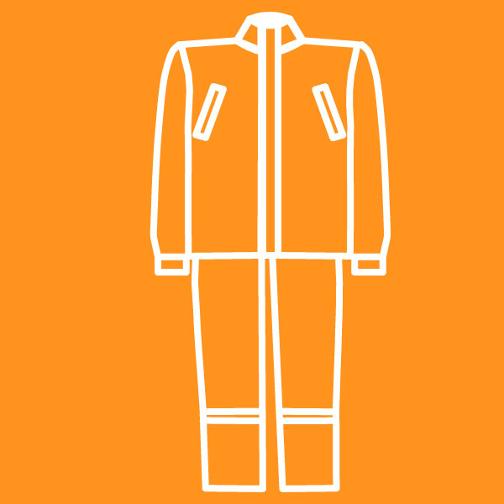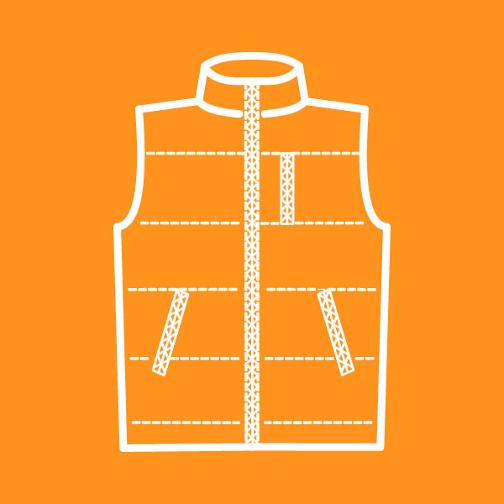What is RFID tag?
Radio Frequency Identification (RFID) technology has revolutionized various industries by enabling efficient and automated object identification. By utilizing radio waves, RFID systems allow for the seamless and contactless identification of objects. This technology consists of an RFID reader and an RFID transponder, with the transponder affixed directly to the object being identified. The RFID reader then wirelessly retrieves the stored data from the transponder, even from a significant distance.
RFID technology has found widespread application in sectors such as retail and warehouse management, where the need for swift identification of products is paramount. With RFID, businesses can rapidly obtain product information and exercise control over its movement throughout the supply chain. The ability to identify objects without physical contact empowers organizations to enhance operations, including stock management and theft prevention.
By employing RFID technology, companies can streamline their inventory management processes and minimize manual intervention. The automated nature of RFID enables real-time tracking of products, resulting in improved accuracy and efficiency. This technology provides valuable insights into stock levels, allowing businesses to optimize their supply chain operations and ensure that inventory is adequately stocked at all times.
Additionally, RFID technology enhances security measures by deterring theft and unauthorized access. With RFID-enabled systems, businesses can monitor the movement of products and identify any irregularities promptly. This proactive approach helps prevent losses and mitigates the impact of theft on the bottom line.
In conclusion, RFID technology offers significant advantages in terms of object identification and management. Its ability to quickly and contactless identify objects improves operational efficiency, enhances stock control, and facilitates theft prevention. As businesses continue to embrace digital transformation, RFID plays a pivotal role in optimizing processes and ensuring seamless supply chain operations.
Read more about technology and applications on our partner's page.

Shipping and Stock Management
Product information, order particulars, care information, sizes and protective properties are coded into your garment to ensure they are distributed accordingly.
Product & Order ID
Tags are coded to contain critical product information at the factory.
Stock Update
Once goods are delivered to warehouse RFID reader updates stock with new deliveries.
Picking Rules
Identify location of garment on racks and manage available quantities in stock.
Dispatch to workers
When dispatching to employees, program tag worker ID and transfer garment to PPE Management Database.

Hazards Management, Time Record and Access Control
RFID to ensure only correct combination of person and protective garments are admitted to work site.
PPE as ID
Manage access to hazardous zones by PPE protection class and worker ID access authorization.
Access Violation
Alert HSE when inappropriate PPE is worn.
Loss Control
Alert Security when unauthorized PPE passes gates.
On-site Presence
Maintain time records on site, smoking room and other movements.
These are the most obvious scenarios of RFID technology application in PPE management program. The list and implementation can further be expanded depending on specifics of industrial activities.
In addition to the convenience and benefits that technology brings to businesses, this solution is fully compliant with updated category procurement strategy for PPE that was recently approved by JSC "Samruk-Kazyna".
The most important benefit from introduction of contactless tracking and recording PPE Life Cycle outside of operations management is collected dataset. It can be analyzed and visualized to understand how garments are used in the business searching for a data driven solution to cut costs and increase safety of operations.
Data Driven Knowledge Management
PPE movement and lifecycle records stored in the database is analyzable in bulk for one company or a specific industry as whole. Build your own PPE Monitoring program with our partners for your specific operations.

Big data analysis enables data driven decisions on
- fabric properties and price versus wear and garments lifetime,
- introduction of additional wear protection to reduce risk of tear and ware increasing lifetime of garments,
- many more
Our Technology and Data Management specialists are always open to discuss your business needs to help you with setting up the solution exactly fitting your operational needs.













RFID Tags